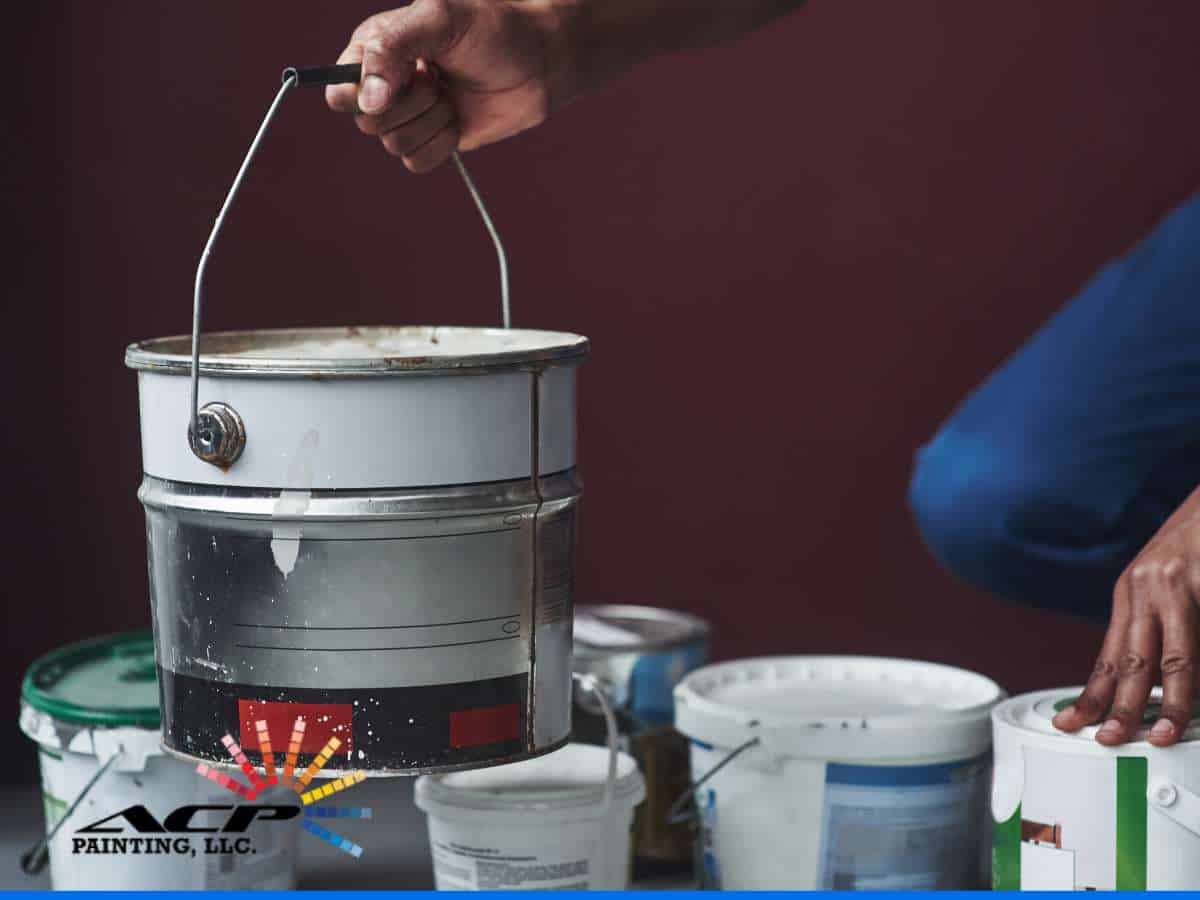Top Benefits Of Elastomeric Paint: Durable, Flexible & Weather-Resistant Protection
thick, flexible, and built If you’ve ever stared at a cracked, weather-beaten wall and wondered if paint alone could fix it, think again, as not every paint can do the job, and elastomeric paint can be the real superhero of the story. Unlike standard exterior paint, this paint is thick, flexible, and built to last. But it’s not the right tool for every job. So, when is the right time to use it? And when is it better to stick with regular latex? Let’s break it down in the following article with the help of our skilled professional painters.

Understand What Is Elastomeric Paint
Elastomeric paint is a high-build, acrylic coating formulated to create a thick, flexible film over surfaces. When dry, it stretches and contracts with the substrate, making it particularly effective in environments with considerable temperature fluctuations or moisture exposure.
Its ability to bridge small cracks and seal porous surfaces makes it a practical option for exterior applications, especially where long-term protection is a priority. That said, elastomeric paint is not intended to fix structural issues or replace proper surface repairs. It enhances protection, but it is not a substitute for foundational maintenance.
Top Applications For Elastomeric Paint
There are specific situations where elastomeric paint is highly effective:
1. Stucco, Masonry & Concrete Surfaces
These surfaces crack quite often, getting moisture infiltration too easily. Elastomeric paint provides a waterproof barrier that helps prevent water damage while covering minor imperfections. It also adheres well to these porous materials, offering a smooth, consistent finish.
2. Buildings In Humid Or Coastal Regions
Humidity, heavy rainfall, and salty air accelerate paint deterioration. Elastomeric coatings offer excellent moisture resistance and help protect buildings in these environments from mildew and corrosion.
3. Older Structures With Minor Surface Flaws
For buildings that show signs of aging (such as hairline cracks or weathering), elastomeric paint can be a protective layer that extends the life of the exterior without extensive repairs. However, it’s still essential to inspect for underlying damage before applying the paint.
To determine if elastomeric paint is appropriate, it’s often best to consult a painting contractor. These professionals can evaluate the condition of the surfaces and recommend the most suitable type of coating based on both performance and cost.
When Not To Use Elastomeric Paint: Surfaces & Situations To Avoid
Despite its advantages, elastomeric paint is not universally recommended. It’s generally not ideal for:
- Wood siding or trim: These materials need to breathe more than elastomeric coatings allow. Applying it to wood can lead to peeling and moisture issues.
- Interior walls or drywall: The thickness and waterproof nature of elastomeric paint make it unnecessary and even problematic for indoor use.
- Projects with tight budgets or short timelines: Elastomeric paint is more expensive and requires more time and labor to apply correctly.
Because of its viscosity, elastomeric paint covers fewer square feet per gallon, often requiring two coats for optimal performance. These factors contribute to higher overall costs, making it more suitable for surfaces that truly benefit from its unique properties.
How To Apply Elastomeric Paint Correctly: Tips For Long-Lasting Results
Elastomeric paint demands careful surface preparation and professional application methods. The surface must be clean, dry, and free of chalk, dust, or loose material. Power washing and priming may be necessary to ensure the paint bonds correctly.
Because of its thickness, elastomeric paint works better with high-capacity rollers or airless sprayers. The goal is to get a uniform, continuous film that provides full coverage and maintains flexibility over time. Most manufacturers recommend a minimum dry film thickness, which usually requires two coats.
A qualified painting contractor will understand these technical requirements and ensure that the product performs as intended. Attempting to apply elastomeric paint without the right tools and expertise can lead to unsatisfactory results.
Major Advantages Of Elastomeric Paint: Waterproofing, Crack Resistance & UV Protection
When used appropriately, elastomeric paint offers several long-term benefits:
- Waterproofing: Its rubber-like membrane blocks moisture, protecting surfaces from water damage and mold growth.
- Crack Bridging: It can stretch across hairline cracks, helping to prevent water from seeping into the substrate.
- UV Resistance: Elastomeric coatings resist fading and breakdown from sunlight better than many traditional paints.
- Extended Lifespan: Properly applied, it can last 10 years or more, reducing the need for frequent repainting.
These characteristics make elastomeric paint a strong choice for commercial exterior painting on commercial buildings, multifamily residences, and homes in extreme weather zones.
Choosing Elastomeric Paint: Expert Advice For Your Next Painting Project
Elastomeric paint is a powerful solution when used correctly. It performs best on masonry, stucco, and concrete in environments where moisture, cracks, and surface movement are common. It is not intended for every surface or every project, and its higher material and labor costs must be weighed against its performance benefits.
The best way to determine if elastomeric paint is right for your project is to consult a reputable painting contractor, and at ACP Painting, we’re ready to be that ally. With our right guidance and application, you can obtain the best results for your projects. Contact us now for more help!

Maricopa
20987 N John Wayne Pkwy
Maricopa, AZ 85139
Phone: 480-785-6323
Scottsdale
8350 E Raintree Dr Ste 215,
Scottsdale, AZ 85260
Phone: 480- 764-3735



